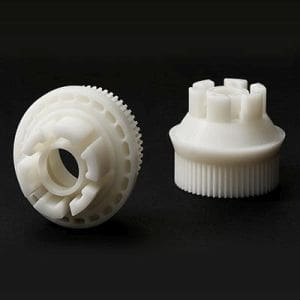
Innovative technologies are reshaping how models are designed and built, making the process more efficient and precise. 3D printing allows for intricate detailing, faster production, and reduced material waste, changing traditional model-making techniques. This shift allows architects to experiment with complex structures that were once difficult to construct by hand. Many architectural model makers Dubai are now integrating 3D printing to improve accuracy and bring visionary designs to life.
Speed and efficiency in model production:
One of the biggest advantages of 3D printing in architectural model making is the speed of production. Traditional models can take days or even weeks to complete, while 3D printing allows architects to produce intricate designs within hours. This rapid turnaround helps firms meet tight deadlines and make adjustments quickly.
Improved precision and detail:
3D printing allows the creation of highly detailed and accurate models that might be difficult to achieve manually. From intricate facades to complex structural elements, architects can now produce models with precise measurements, ensuring a more realistic representation of their designs.
Cost-effective model making:
Although initial investments in 3D printing technology can be high, the long-term savings are significant. Traditional model making requires various materials, skilled labour, and hours of manual work. In contrast, 3D printing reduces material waste, minimises labour costs, and allows for quick modifications, making it a cost-effective option in the long run.
Customization and flexibility:
Architectural projects often require multiple design iterations, and 3D printing allows for easy modifications. Changes can be made digitally before printing, eliminating the need for complete model reconstructions. This flexibility helps architects experiment with different design concepts efficiently.
Sustainable and eco-friendly approach:
Sustainability is becoming a priority in all industries, including architecture. 3D printing minimises material waste by using only the required amount of filament or resin. Additionally, some printers now use biodegradable or recycled materials, making model making more environmentally friendly.
3D printing is reforming architectural model making by improving speed, accuracy, and cost efficiency. As technology continues to evolve, architects will have even more advanced tools to bring their designs to life. This transformation is shaping a new era for architectural model makers, providing them with innovative ways to showcase their creativity and expertise.


